INTRODUCTION TO R
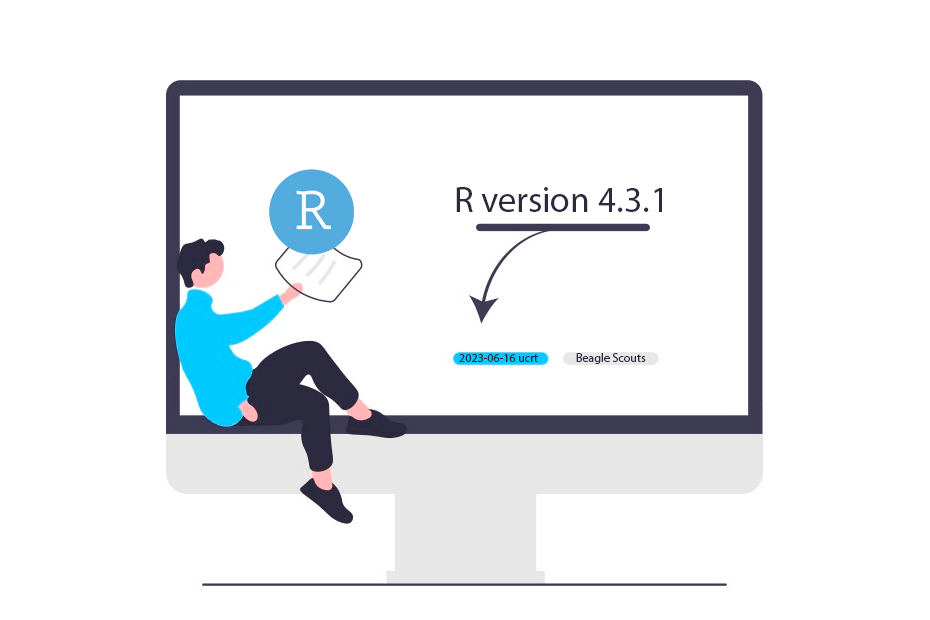
Check which R version is running
R basics
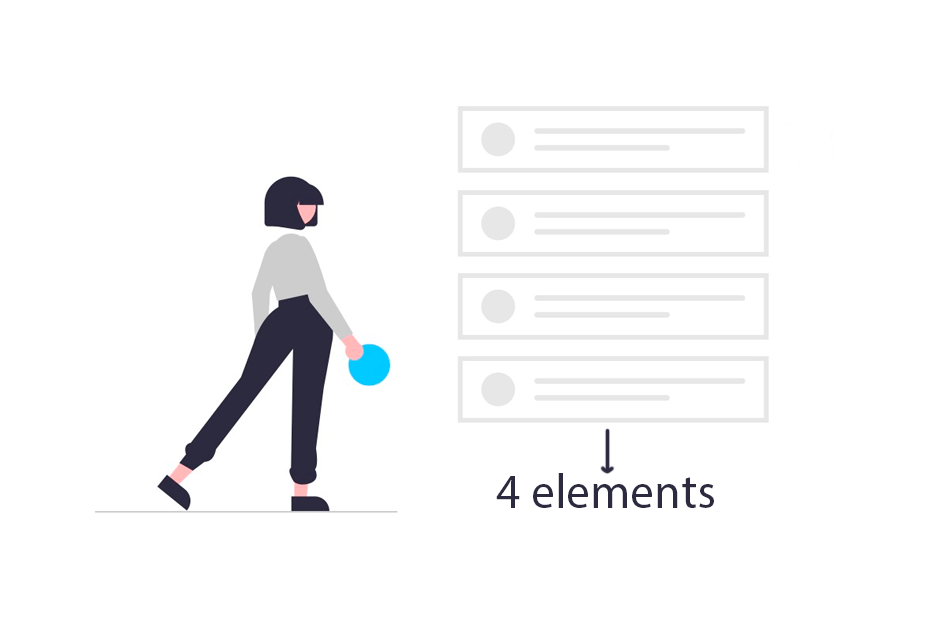
Get the length of vectors
Structure exploration
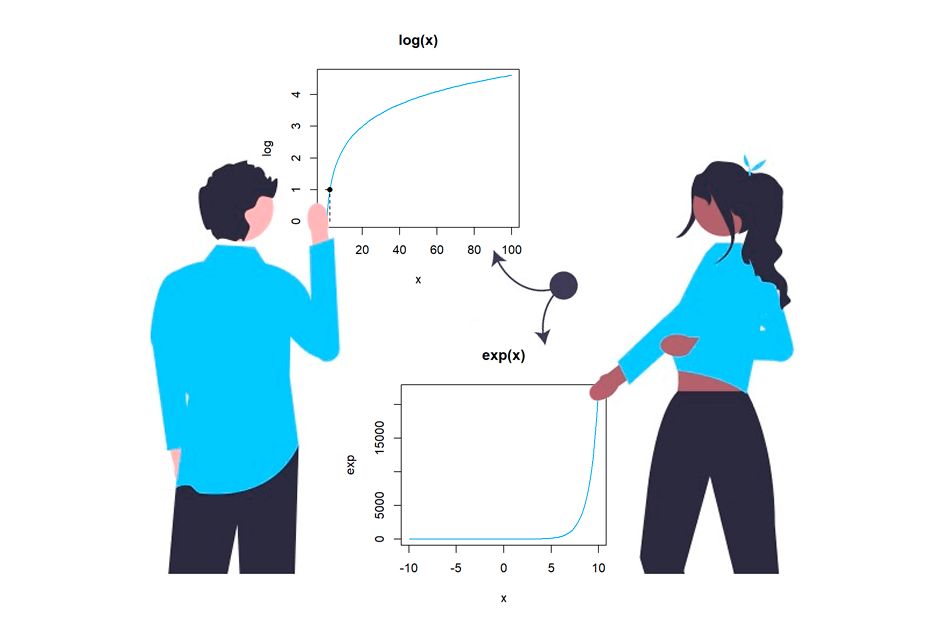
Logarithm and exponential
Mathematical functions
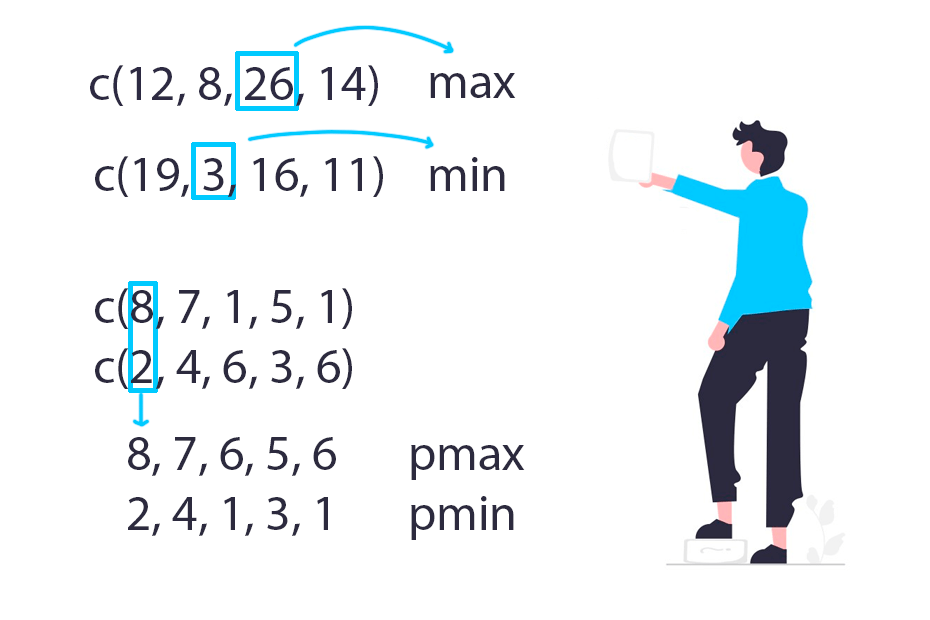
max, min, pmax and pmin functions
Mathematical functions
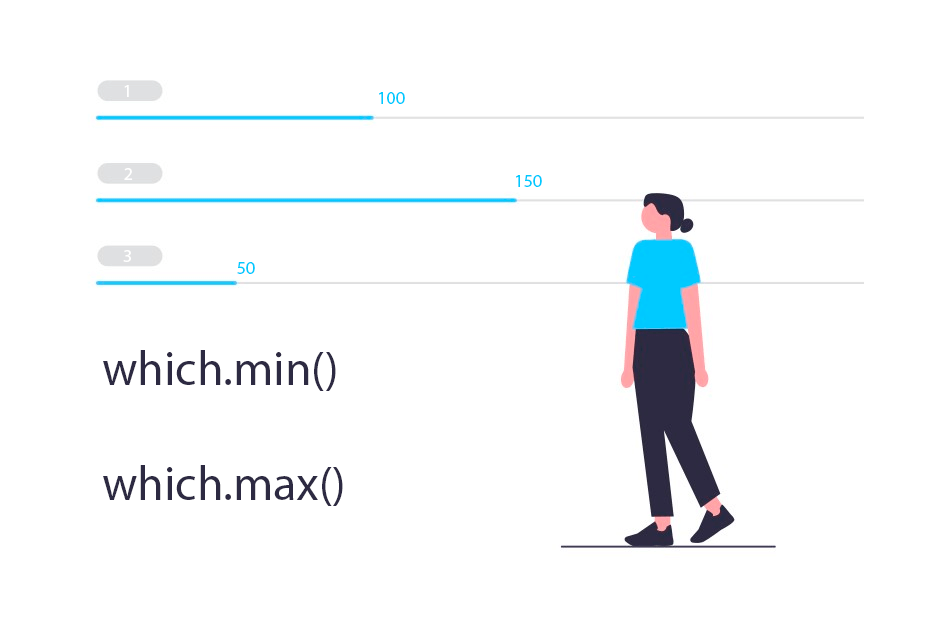
Index of the first minimum or maximum value of a vector with which.max and which.min
Structure exploration

Rounding numbers
Mathematical functions
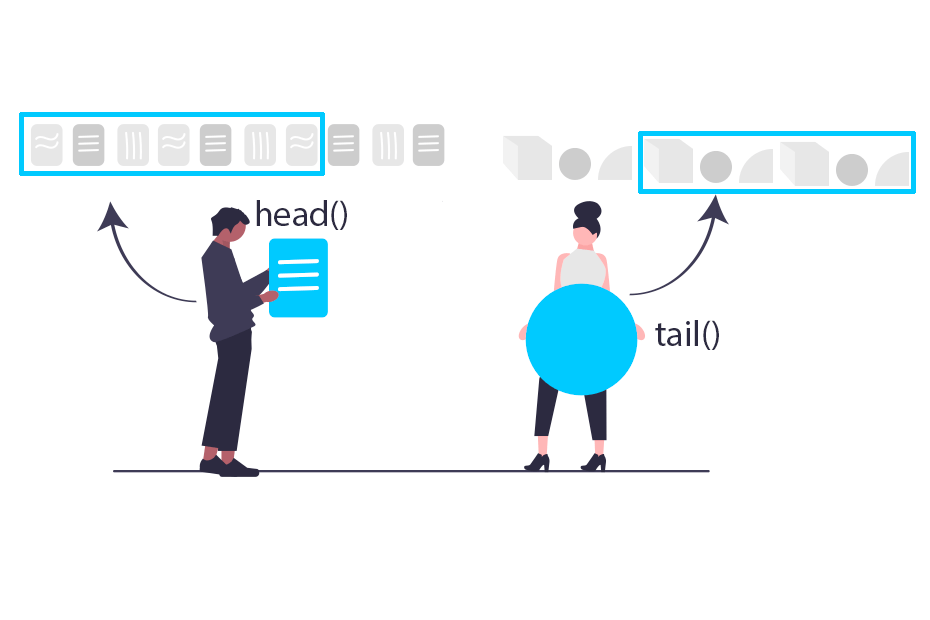
head and tail functions
Structure exploration

Convert objects to character with as.character()
R basics

Convert objects to numeric with as.numeric()
R basics

Matrix operations
Mathematical functions
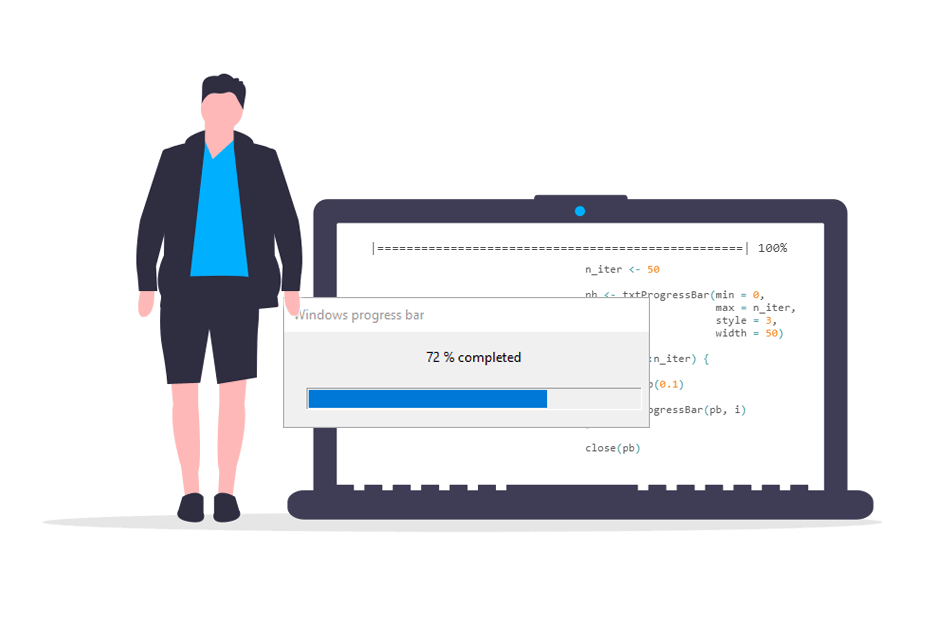
Progress bar
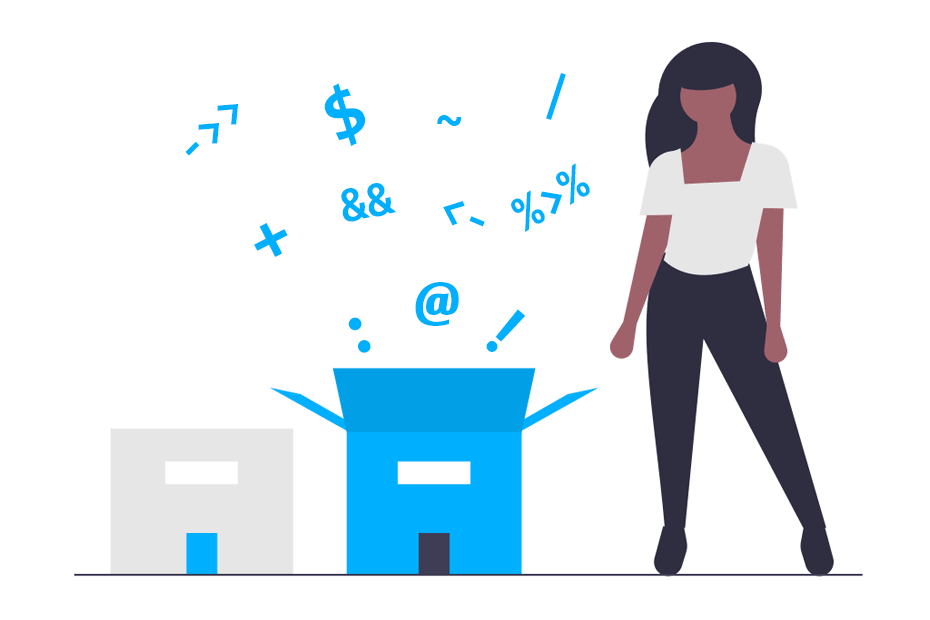
R operators
R basics
INTRODUCTION TO R PROGRAMMING LANGUAGE
This category provides introductory R programming tutorials for beginners. If you read these tutorials you will learn the basic concepts to start with R, like how to store and save objects in the workspace in different data structures and even how to control the flow of the code. This category includes:
-
R and RStudio installation
Learn how to install R and RStudio on Windows and macOS, change the R GUI language or even the RStudio theme, check the R version and the path of the installation and learn the first steps for executing R commands. -
Basic R concepts
Learn about R operators, data types, printing values, how to get help for functions and packages, set the working directory, save or clear the R workspace and install R packages with additional functions. -
Data structures
R data structures are objects used to store different data types in different ways. The basic data structures are vectors, that allows you to store unidimensional variables, factors (vectors of categorical variables), lists, to store different R objects on the same structure, data frames, for heterogeneous data types and matrices, to store homogeneous data types. -
Control structures
R control structures are blocks of code that allows you to modify the control flow of your code. You can create conditions or repeat or cycle some blocks of code depending on some events. These control structures include the if else statement, the for loop (and how to optimize its performance) and the while loop. -
Programming
You will also learn how to create your own R functions in order to extend the functionalities of the R language and to add warning or error messages. -
Mathematical functions
Finally, you will learn about the most common mathematical functions used to perform operations such as square roots, sine and cosine calculations or logarithms and exponentials, among others.